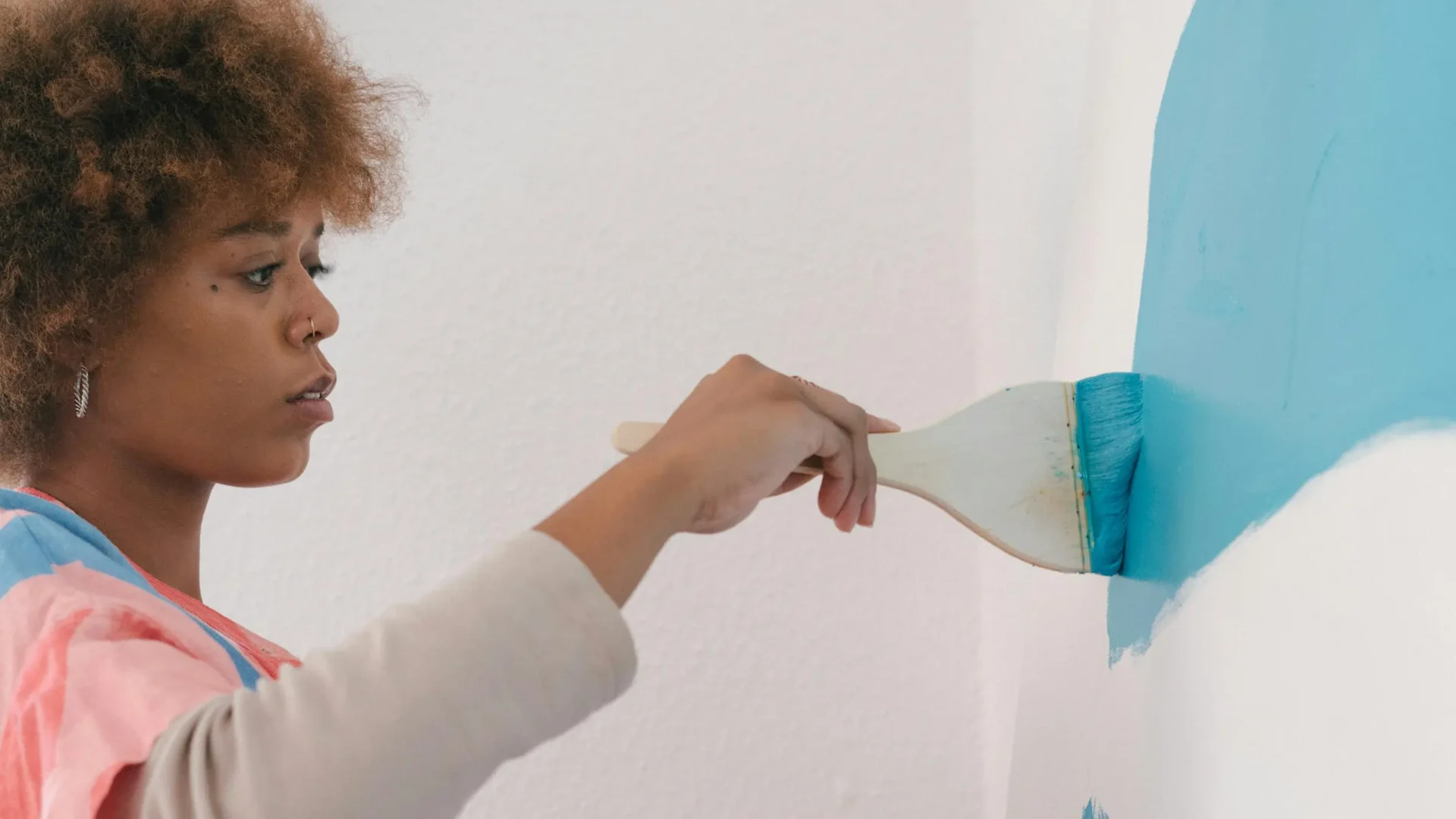Activities
The objective a person wants to accomplish in an experience design scene.
People complete numerous activities during a day—activities geared toward completing tasks and accomplishing goals. They’re the “stuff” of everyday life, like posting a photo on social media or punching a time clock when starting a work shift. Though designers talk about activities in analytical ways when designing, these activities hardly manifest themselves as a detailed flow chart seen in academic papers or client presentations. People do not start their day by laying out all the activities they need to do; rather, they are faced with and decide what jobs should be done—the main “things” they want to accomplish (Christensen et al., 2016). These “jobs” can vary significantly in scope. For example:
- Look cool at school, so my friends think I am cool.
- Get home after my late-night work shift, though my car battery is dead.
- Find out how my Dad feels after he had a stroke so I can worry less.
Christensen et al.’s “Jobs to be Done” concept gets to the heart of the matter why people use products, services, and systems. It emphasizes that people’s desires motivate them and that designed objects are secondary in helping people complete their jobs to be done. It focuses on things people want to accomplish because these things matter at a specific place and time.
When a person decides on a job to be done, they pick products, services, and systems that can help them complete the job. People use these design outcomes to help them do activities that finish the “job.” The activity-centered design approach focuses designers on the minutiae of these activities—the moment-by-moment steps that go into using a design outcome (Norman, 2005; Norman, 2008). For example, when hand-washing dishes in a kitchen:
- A teenager uses a faucet to turn on the water
- Adds dishwashing soap to a scrub brush, uses the brush to scrub peanut butter off of a plate
- Places the plate into a drying rack before moving onto the next food-crusted dish.
Each activity is completed to achieve the goal of getting the dishes clean. In some cases, the bigger goal is for the teenager to get chores done so they can get back to watching television. Whatever the goal, activity-centered design focuses designers on the details of the activities people complete.
Human-centered design is a well-meaning approach to design, but it falls short of both jobs to be done and activity-centered design. In human-centered design, designers ask people what they want, what they need, what annoys them, and other feedback, then designers create outcomes based on this feedback. Human-centered design assumes people know what is best for design based on limited insights (Norman, 2005). It also gives designers control as experts who know what to do based on the feedback. In human-centered design, designers take input and move forward—possibly never involving users in the process again (Bredies et al., 2010). Jobs to be done starts with the real reasons why people do activities, and activity-centered design focuses on the functional details.
No subpages found.
